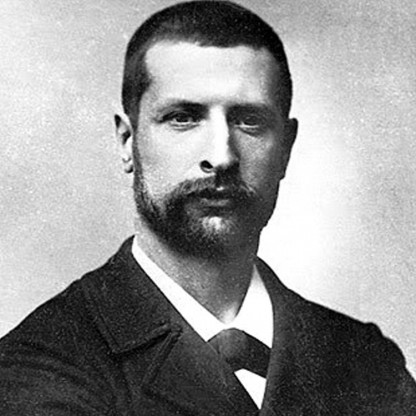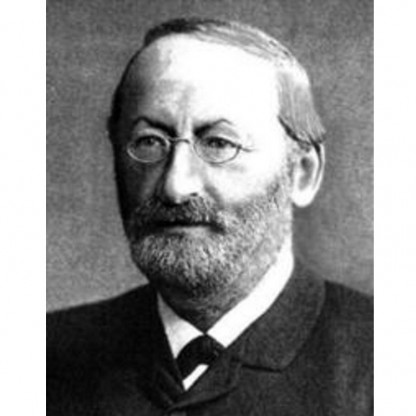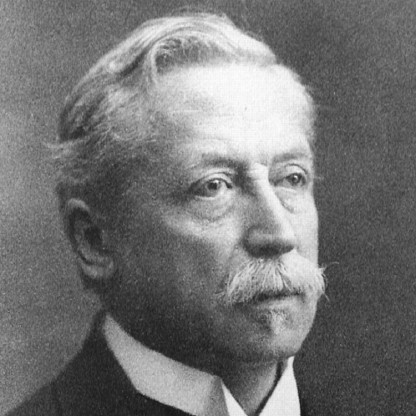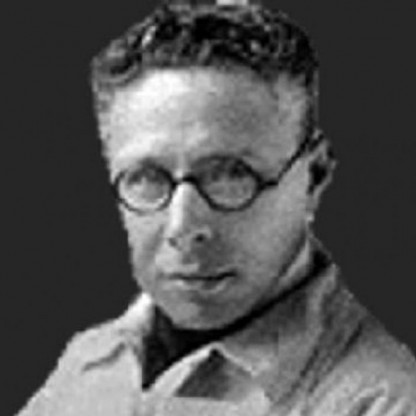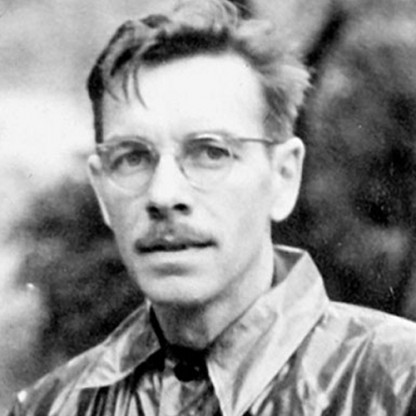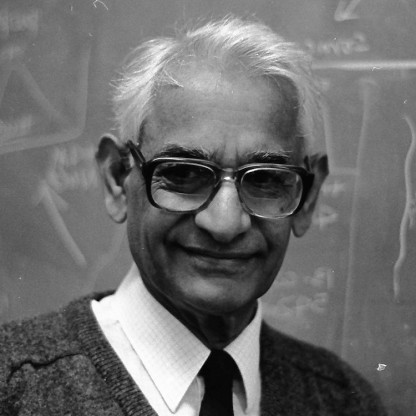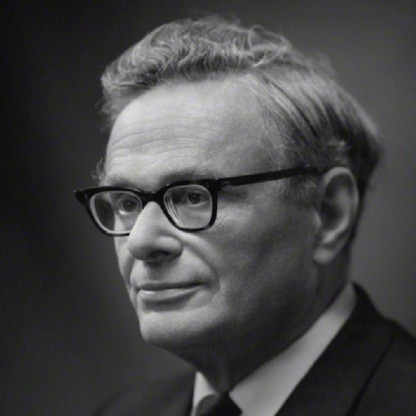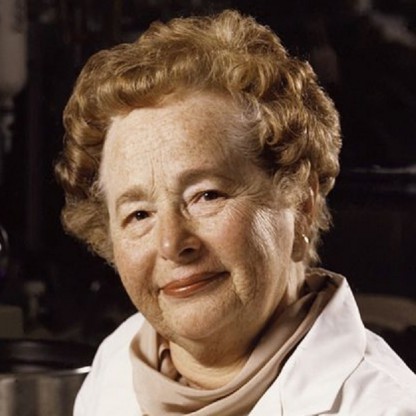In 1946, the Cornforths, who had by now married, left Oxford and joined the Medical Research Council (MRC), working at the National Institute for Medical Research (NIMR), where they continued on earlier work in synthesising sterols, including cholesterol. The Cornforths' collaboration with Robinson continued and flourished. In 1951, they completed, simultaneously with Robert Burns Woodward, the first total synthesis of the non-aromatic steroids. At the NIMR, Cornforth collaborated with numerous biological Scientists, including George Popják, with whom he shared an interest in cholesterol. Together, they received the Davy Medal in 1968 in recognition of their distinguished joint work on the elucidation of the biosynthetic pathway to polyisoprenoids and steroids.
